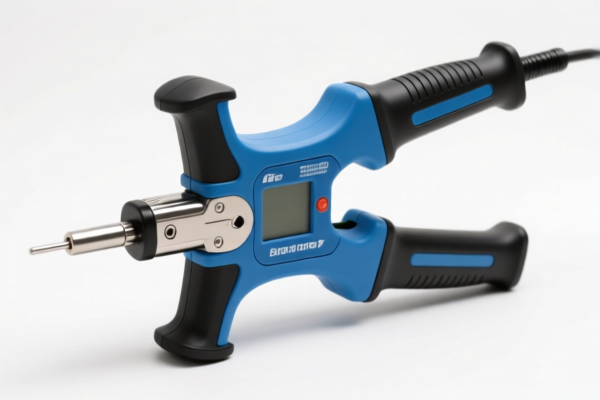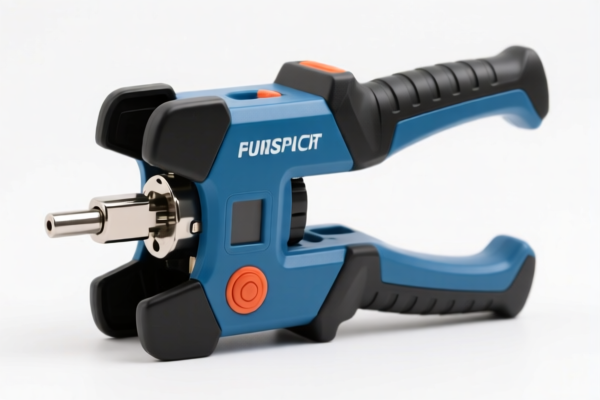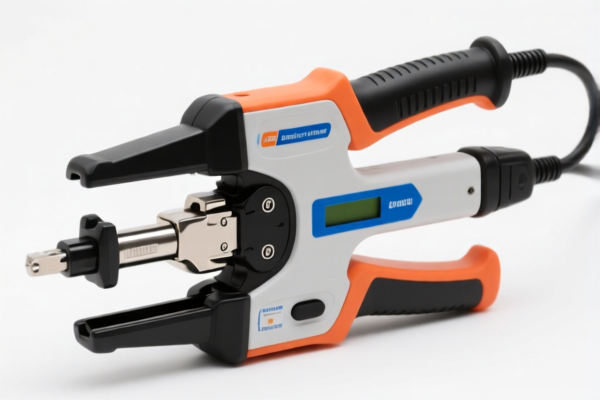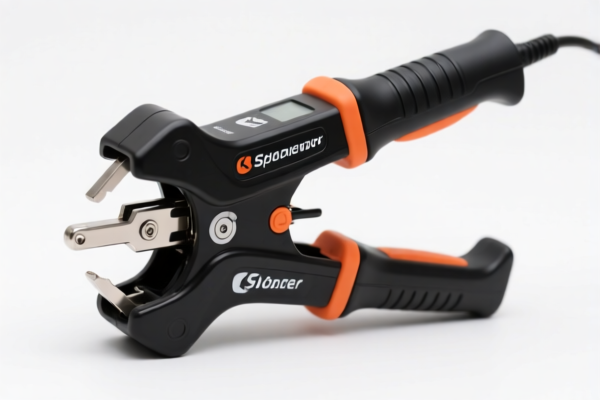| HS Code | Official Doc | Tariff Rate | Origin | Destination | Effective Date |
|---|---|---|---|---|---|
| 8543709860 | Doc | 57.6% | CN | US | 2025-05-12 |
| 8543906500 | Doc | 55.0% | CN | US | 2025-05-12 |
| 8544700000 | Doc | 55.0% | CN | US | 2025-05-12 |
| 9031497000 | Doc | 55.0% | CN | US | 2025-05-12 |
| 9031499000 | Doc | 55.0% | CN | US | 2025-05-12 |
| 9032896085 | Doc | 56.7% | CN | US | 2025-05-12 |
| 9032896075 | Doc | 56.7% | CN | US | 2025-05-12 |




Fiber Fusion Splicer
A fiber fusion splicer is a common piece of equipment used to join or fuse optical fibers together. This process creates a low-loss, long-lasting connection crucial for optical fiber networks.
Material
The core components of a fiber fusion splicer involve precision optics, electrical components, and mechanical systems. Key materials include:
- Optical Fibers: Typically silica-based glass fibers, with cladding layers for guidance of light. Different fiber types (Single-mode, Multimode) require specific splicer configurations.
- Precision Optics: High-quality lenses and mirrors are used for aligning and fusing the fibers. These are often made of specialized glass with anti-reflective coatings.
- Electrodes: Used to create the arc that melts the fibers. Materials include tungsten or specialized alloys.
- Cladding Alignment System: Precise V-grooves (often ceramic) are used to hold the fibers in place during alignment and splicing.
- Housing/Frame: Constructed from durable materials like aluminum or engineering plastics.
Purpose
The primary purpose of a fiber fusion splicer is to create reliable and low-loss connections in optical fiber cables. These connections are essential for:
- Network Construction: Joining fibers during the installation of new fiber optic networks.
- Network Maintenance: Repairing broken fibers or replacing damaged sections.
- Fiber Optic Testing: Creating connections for optical time-domain reflectometry (OTDR) testing.
- Fiber Optic Components Manufacturing: Used in the production of optical modules and devices.
Function
A fiber fusion splicer functions through the following key steps:
- Fiber Preparation: Fibers are stripped of their protective coatings, cleaned, and cleaved (cut) at precise angles.
- Fiber Loading: Fibers are loaded into the splicer’s fiber holders.
- Alignment: The splicer uses motors and precision optics to align the fiber cores. Alignment methods include core alignment (for single-mode) and cladding alignment (for multimode).
- Fusion: An electric arc is generated between the electrodes, melting the ends of the fibers.
- Cooling: The molten glass is cooled, creating a fused joint.
- Loss Measurement: Many splicers automatically measure the insertion loss of the splice to verify connection quality.
- Protective Sleeve Application: A protective sleeve (typically a heat-shrinkable tube) is applied over the splice to provide mechanical strength and environmental protection.
Usage Scenarios
- Outside Plant (OSP): Used for splicing fibers in harsh outdoor environments, often requiring ruggedized splicers.
- Inside Plant (ISP): Employed for splicing fibers within buildings and data centers.
- FTTH (Fiber to the Home): Used for connecting fiber optic cables to individual homes.
- Data Centers: Critical for maintaining and expanding fiber optic networks within data centers.
- Laboratory/Research: Used for precise fiber connections in research and development.
Common Types
- Core Alignment Splicers: Used for single-mode fibers. These provide the highest splice quality and lowest loss by precisely aligning the fiber cores. Generally more expensive.
- Cladding Alignment Splicers: Used for multimode fibers. These align the fiber cladding instead of the core, offering a simpler and more cost-effective solution.
- Mass Fusion Splicers: Designed for high-volume splicing of multiple fibers simultaneously, typically used in manufacturing environments.
- Handheld Fusion Splicers: Portable and lightweight, suitable for field installations and maintenance.
- Benchtop Fusion Splicers: Larger and more stable, offering higher precision and a wider range of features for laboratory and workshop use.
- Ribbon Fiber Splicers: Specialized splicers designed for splicing ribbon fiber cables, which contain multiple fibers bundled together.
Fiber fusion splicers are instruments used to join optical fibers with precision, typically employed in telecommunications and network infrastructure. They automate the process of aligning and fusing optical fiber ends to create a low-loss connection.
The following HS codes from the provided reference material may be relevant:
- 8544700000: Insulated (including enameled or anodized) wire, cable (including coaxial cable) and other insulated electric conductors, whether or not fitted with connectors; optical fiber cables, made up of individually sheathed fibers, whether or not assembled with electric conductors or fitted with connectors: Optical fiber cables. This code covers optical fiber cables, which are a core component related to the function of a fiber fusion splicer.
- 9031497000: Measuring or checking instruments, appliances and machines, not specified or included elsewhere in this chapter; profile projectors; parts and accessories thereof: Other optical instruments and appliances: Other: For inspecting masks (other than photomasks) used in manufacturing semiconductor devices; for measuring surface particulate contamination on semiconductor devices. A fiber fusion splicer utilizes optical measurement principles, and this code includes other optical instruments.
- 9031499000: Measuring or checking instruments, appliances and machines, not specified or included elsewhere in this chapter; profile projectors; parts and accessories thereof: Other optical instruments and appliances: Other: Other. This is a broader category for other optical instruments and appliances, potentially encompassing fiber fusion splicers if they don't fall under the more specific 9031497000.
- 9032896085: Automatic regulating or controlling instruments and apparatus; parts and accessories thereof: Other instruments and apparatus: Other: Other. Fiber fusion splicers automate the splicing process, suggesting a relevance to automatic regulating or controlling instruments.
- 9032896075: Automatic regulating or controlling instruments and apparatus; parts and accessories thereof: Other instruments and apparatus: Other: Process control instruments and apparatus: Other: Other. Given the precision and control required in fiber splicing, this code may also be applicable.
HS Code Breakdown (based on provided reference material):
- 8544: Insulated conductors, cables. This chapter covers electrical conductors, including optical fiber cables.
- 9031: Measuring or checking instruments. This chapter covers instruments used for measurement and inspection.
- 9032: Automatic regulating or controlling instruments. This chapter covers instruments used for automatic control and regulation.
- 49: Other optical instruments and appliances (within 9031).
- 89: Other instruments and apparatus (within 9032).
- 70: Optical fiber cables (within 8544).
- 60: Other (within 9032.89).
Important Note: The total tax rate for all listed HS codes is 55% or 56.7%, depending on the specific code. Please verify the material composition and precise function of the fiber fusion splicer to determine the most accurate HS code.
Customer Reviews
No reviews yet.